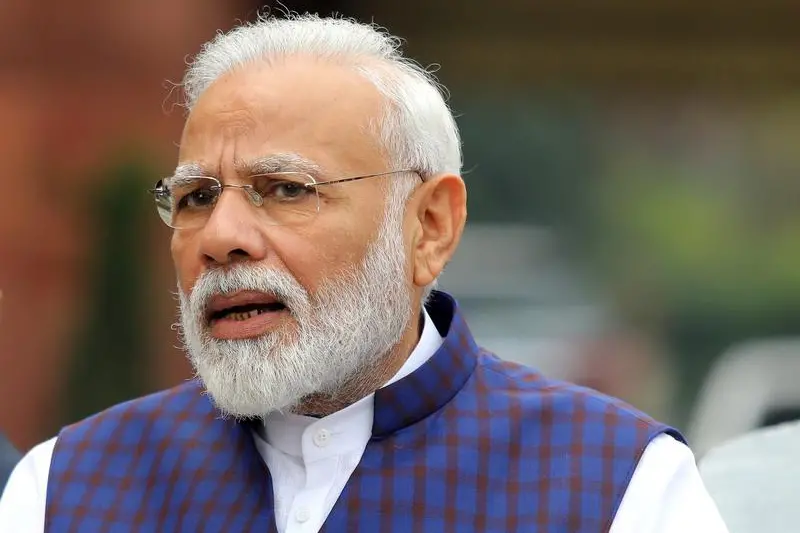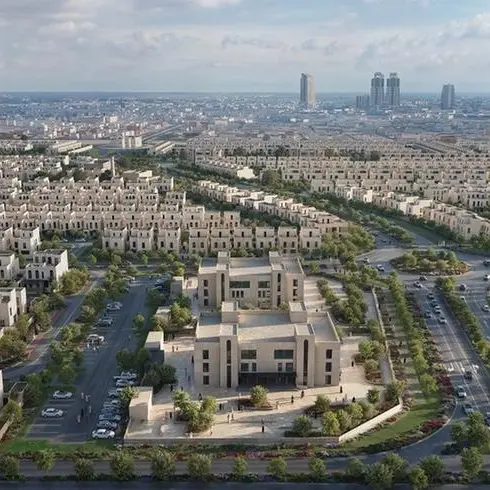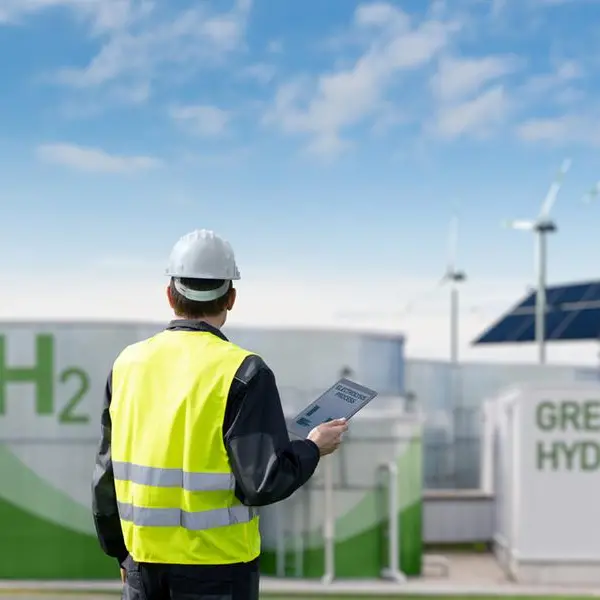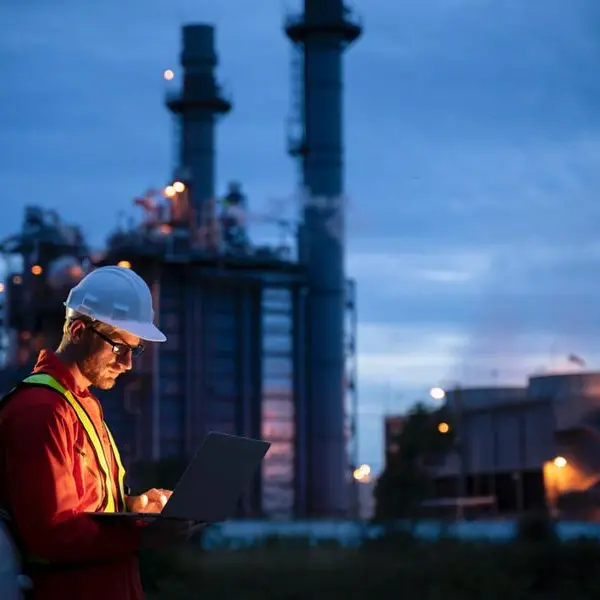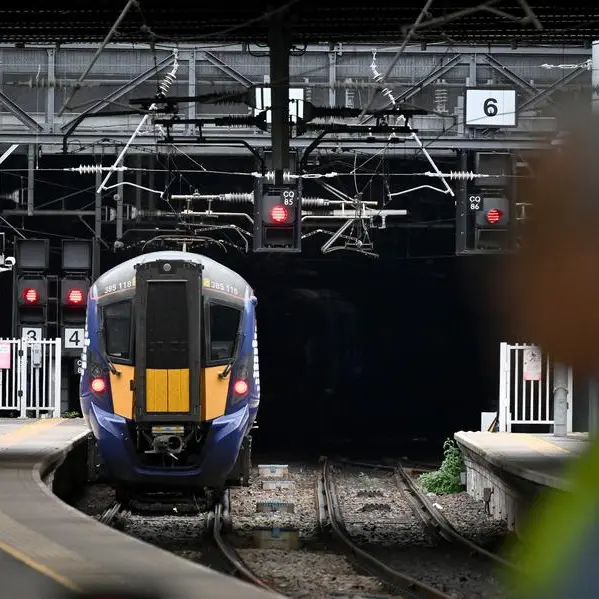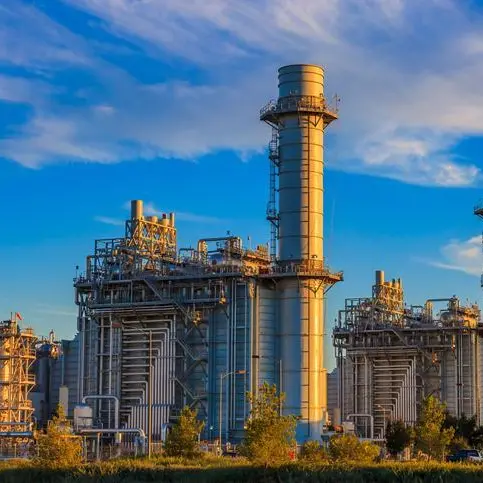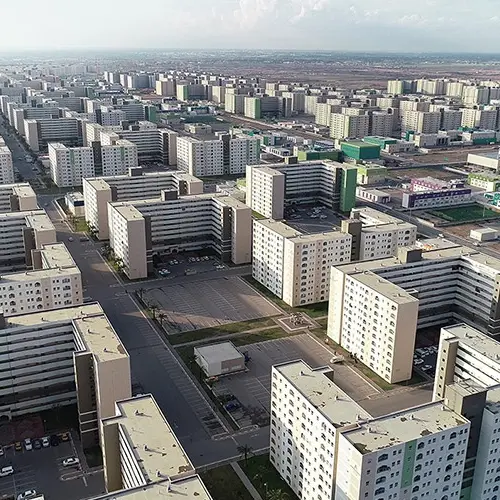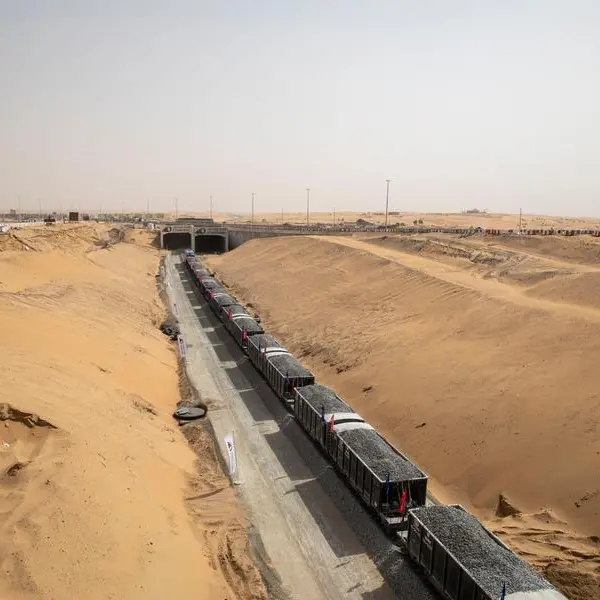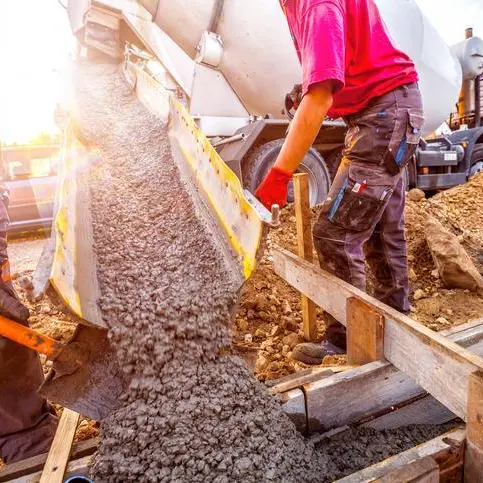PHOTO
The headlines talked about a new official digital currency, a 30 percent tax on the sale of digital assets, and the lack of financial relief from the pandemic, but Indian Prime Minister Narendra Modi said Budget 2022 is a long-term plan to make India a green, sustainable superpower.
Green bonds for infrastructure, ‘electric vehicle only’ zones and a massive scheme to clean the River Ganges by migrating to organic farming, are just a few of the projects India hopes will help it transition to becoming a leading global player in a post-pandemic world.
Modi said Budget 2022 brings with it “new energy and strength to our development trajectory, especially at a time when we are courageously fighting a once-in-a-lifetime global pandemic. This budget brings more infrastructure, more investment, more growth and more jobs.”
Home Minister Amit Shah added: “From an official digital currency to higher government capital expenditure and higher outlays on infrastructure to lowering taxes for cooperatives and support for small enterprises, the budget has some striking elements that will change the scale of the Indian economy.
“Infrastructure has been another priority area for this government. Road and other infrastructure projects can spur economic activity, boost construction, and create jobs. They have the potential to change the scale of the Indian economy, placing it next to any developed nation.”
Finance minister Nirmala Sitharaman, announcing the budget for the coming year, told parliament: “The touchstone of the Master Plan will be world-class modern infrastructure and logistics synergy among different modes of movement – both of people and goods – and location of projects. This will help raise productivity and accelerate economic growth and development.”
Key allocations
The national highways network will be expanded by 25,000 km in 2022-23, she said, adding that 200 billion Indian rupees ($2.8 billion) will be mobilised through innovative ways of financing to complement the public purse spend.
Four hundred new-generation Vande Bharat trains with better energy efficiency would also come on stream over the next three years, as well as 100 cargo terminals.
India’s announced capital expenditure of 7.5 trillion rupees ($100 billion) for 2022-23, or 2.9 percent of gross domestic product, represents an increase of 35.4 percent from the last fiscal year.
The government is also looking to borrow a record 14.95 trillion rupees ($200 billion).
Sitharaman said the country is expected to grow at 9.27 per cent in the coming year, adding that the government will be issuing green bonds ‘for mobilising resources for green infrastructure’.
Infrastructure announcements:
*PM Gati Shakti National Master Plan at a cost of 200 billion rupees ($2.8 billion)
*National Highways network to be expanded by 25,000 kms in 2022-23.
*National Master Plan on Expressways will be formulated in 2022-23
*400 new generation Vande Bharat trains to be manufactured in next 3 years.
*Metro systems and a move away from private transport
*100 cargo terminals in the next 3 years.
*Green bonds for renewables infrastructure.
The budget spend for the Ministry of Road, Transport and Highways has risen to 1.99 trillion rupees ($28 billion), from 1.18 trillion rupees ($16 trillion), and the National Highways Authority’s allocation will rise by 133 percent to 1.34 trillion rupees ($18 billion) from 573.50 billion rupees ($7.7 billion). Rural roads projects were also given a financial boost.
The Ministry of Railways budget allocation is to rise to 1.40 trillion rupees ($19 billion) in FY23 from 1.10 trillion rupees ($15 billion).
Trillions for infra
The government wants to raise 6 trillion rupees ($80 billion) by 2025 by selling a host of publicly owned infrastructure assets. These funds will then be recycled into the National Infrastructure Pipeline - a programme announced in 2019 to build 111 trillion rupees ($1.5 trillion) of infrastructure projects by 2025.
“Innovative ways of financing and faster implementation will be encouraged for building metro systems of appropriate type at scale. Multimodal connectivity between mass urban transport and railway stations will be facilitated on priority. Design of metro systems, including civil structures, will be re-oriented and standardised for Indian conditions and needs,” she said, adding that a “high-level committee” of reputed urban planners, urban economists and institutions would be formed to oversee urban sector policies, capacity building, planning, implementation and governance.
Five existing academic institutions will also be designated ‘centres of excellence’ to deliver certified training in these areas, with funding of up to 2.5 billion rupees ($33.5 million) each.
There will also be a push to “shift to public transport in urban areas. This would be complemented by clean tech and governance solutions, special mobility zones with zero fossil-fuel policy, and EV vehicles.
“Considering the constraint of space in urban areas for setting up charging stations at scale, a battery swapping policy will be brought out and inter-operability standards will be formulated. The private sector will be encouraged to develop sustainable and innovative business models,” the finance minister told parliament.
She said green energy and mobility schemes “have immense potential to assist sustainable development at scale and modernise the country.”
She also pledged some 195 billion rupees ($2.6 billion) to solar PV modules manufacture and said that action plans were already being prepared to tackle e-waste, end-of-life vehicles, oil waste and toxic and hazardous waste.
“The virtuous cycle of investment requires public investment to crowd-in private investment. At this stage, private investments seem to require that support to rise to their potential and to the needs of the economy. Public investment must continue to take the lead and pump-prime the private investment and demand in 2022-23.
Green bonds
“As part of the government’s overall market borrowings in 2022-23, sovereign Green Bonds will be issued for mobilising resources for green infrastructure. The proceeds will be deployed in public sector projects which help in reducing the carbon intensity of the economy. This will facilitate credit availability for digital infrastructure and clean energy storage.”
She said the government will promote blended finance with the government share being limited to 20 percent and the funds being managed by private fund managers.
“For financing the infrastructure needs, the stepping-up of public investment will need to be complemented by private capital at a significant scale. Measures will be taken to enhance financial viability of projects including PPP, with technical and knowledge assistance from multi-lateral agencies.”
Invest India, the government’s inward investment arm, believes the budget has laid down the markers to achieve commitments made by PM Modi at COP26.
“The government will be promoting chemical-free farming in the country and the first phase will start from a five-kilometer corridor along the river Ganges. This corridor is estimated to be 2,500 km long and 10 km wide. In his address after the budget, PM Modi explained how this would provide a significant boost to the Indian agriculture sector.
“He talked about the growing demand for organically farmed products in the global market, and by undertaking such measures, India can break into the global agriculture market. He also mentioned that this step would have double benefits as it will help in cleaning of the Ganges as well. Farming along the river without chemicals will help reduce the level of toxins that flow into the river during rains.
“To finance such extensive projects for a green economy, in addition to increased capital outlays, the government will also be issuing sovereign green bonds in public sector projects. PM Modi, in his speech, termed budget 2022 a green budget, one that will help create green jobs in the country.”
1 US Dollar = 74.71 Indian Rupees)
(Reporting by Charles Lavery; Editing by Anoop Menon)
Disclaimer: This article is provided for informational purposes only. The content does not provide tax, legal or investment advice or opinion regarding the suitability, value or profitability of any particular security, portfolio or investment strategy. Read our full disclaimer policy here.
© ZAWYA 2022